In Benedict Anderson’s ‘Imagined Communities’, he argued that the novel and the newspaper were the key mediums of the imagined community. However, in our increasingly connected and globalised world, the internet provides us with a shared digital culture that allows us to communicate with one another across the globe. In the latest LSE International History blog, Trinity College Dublin PhD candidate Joel Herman discusses Anderson’s model in relation to COVID-19 – can it be reimagined to explore the creation of a global community in the present?
Since its original publication nearly forty years ago, Benedict Anderson’s Imagined Communities: Reflections on the Origin and Spread of Nationalism has become canon and not just in the author’s primary field of sociology.[1] Numerous historical studies have cited Anderson’s work and adopted aspects of his theorised ‘Imagined Community’, perhaps most prolifically his delineation of ‘print capitalism’ as an origin of national consciousness. A formulation which has been used as an interpretive tool in accounts of the transformation of the Late Early Modern public sphere. These studies have utilized Anderson’s theoretical framework as an addition to, modification on, or revision of earlier Habermasian conceptions of an idealist bourgeois ‘structural transformation’ of the public sphere.[2]
Anderson’s elucidation of the power of print capitalism to awaken national imaginings comes in the second chapter of Imagined Communities.[3] Here, in a wider sociological explanation of the historical processes which would first allow individuals to imagine the nation, he illuminates the internal features of his theoretical model. In summary the ‘imagined community’ is formed through its participation in a shared print culture, especially the novel, but perhaps most powerfully through the newspaper. In reading these common texts simultaneously, and at regular intervals, individuals could begin to imagine themselves collectively as part and participant in local, regional, and eventually national communities united through a common culture. A common culture that would help shape and form distinct national identities.
This process would contribute to the rise of revolutionary movements in Ireland and America. Movements that shared a similar source but would net very different results. A close reading of Irish, Early American, and British newspapers in the eighteenth century allows one to trace an important strand of this development. As distinct print cultures and corresponding reading publics would evolve out of the imperial public sphere in urban centres in Ireland and the American Colonies. In this way provincial print cultures would move beyond the mere copies of imperial discourse they had once been, by the middle of the eighteenth century, and become a vehicle by which settler populations could imagine and bring new communities into being. Although the prerequisites for participation were often narrowly defined to exclude the gendered, ethnic, and religious ‘other’.
In the late eighteenth century these provincial communities would react to measures of imperial reform and integration enacted by the British Parliament. Measures that juxtaposed a political economy of Empire against provincial alternatives. In America this would lead to calls of ‘no taxation without representation’ and eventually the Declaration of Independence in 1776, and in Ireland the Irish Volunteer’s statement of ‘A Free Trade or Else’ in 1779 and demands for parliamentary independence that would be relented to in the face of the ongoing American crisis. This would facilitate the breaking apart of Empire even as it was attempting to become a more integrated composite unit, as noted by David Armitage.[4]
However, in the past few weeks my mind has repeatedly turned to the unfolding crisis sweeping the globe, and in reaction to COVID-19 I have begun to wonder what purchase the ‘Imagined Community’ has in this modern world? As Anderson’s model can be used to describe the fracturing of a larger imperial community in the Early Modern era, can it also be reimagined as a model to explore the creation of a global community in the more recent past and present?
This modern world is infinitely more connected than the one Anderson set out to describe, but it still holds similar ingredients. Gone are the novel and the newspaper as the key mediums of the imagined community, as these forms of print culture have been replaced, although not entirely, by the internet and a shared digital culture that reaches every corner of the earth.[5] But written text, whether physical or digital, read, watched, or listened to, remains as a catalyst and expression of the human impulse to connect and communicate. In this way, digital culture may allow new possibilities for individuals to imagine themselves as part and participant in an international community united in the reading, or watching, of content describing common events at regular intervals.
This modern reality leaves me with a question.
Does this integration awaken the possibility of an imagined community on a global scale, and is this community already in force as evidenced by organizations like the United Nations, the World Court, the WTO, and the WHO? Has internationalism, globalism, and metropolitanism awoken us as citizens of the world or is the recent rise of parties running on nationalist platforms a sign that the world is still held in the thrall of national sentiment?
I would suggest that these identities, and indeed these imagined national and global communities, are held in tension. We are citizens of nations as well as occupants of this shared world, and while our cultures, languages, and physical features alert us to differences our humanity should remind us that we are all connected. We are all human and as we struggle to cope with the damage of this virus on our bodies, minds, and souls perhaps we could endeavour to focus on our similarities, our shared hope, drawing strength from one another as we live through this historic moment of disruption.
Thus, in concluding this reimagining of Anderson’s, Imagined Communities, we are left to consider whether the ends of nationalism may also be glimpsed in his conceptualization of its beginnings. Will the disembodied threats we now face force the emergence of a more unified imagined global community, reliant on shared digital and media cultures, or will we fall back on national imaginings? Whatever the case it is clear that Anderson’s work still has much to offer nearly forty years after its original appearance in print.
 Joel Herman is a Provost Project Award funded PhD researcher at Trinity College Dublin. He is currently researching the revolutionary currents that flowed between Ireland, America, and Britain in the Age of Revolution. He is American, but was also recently naturalised as an Irish citizen. He resides in Dublin with his wife Ciara.
Joel Herman is a Provost Project Award funded PhD researcher at Trinity College Dublin. He is currently researching the revolutionary currents that flowed between Ireland, America, and Britain in the Age of Revolution. He is American, but was also recently naturalised as an Irish citizen. He resides in Dublin with his wife Ciara.
[1] Benedict Anderson, Imagined Communities: Reflections on the Origin and Spread of Nationalism (London, 1983).
[2] Jurgen Habermas, The Structural Transformation of the Public Sphere: An Inquiry into a Category of Bourgeois Society (Cambridge, MA, 1989).
[3] Benedict Anderson, Imagined Communities: Reflections on the Origin and Spread of Nationalism (London and New York, 2006), pp. 9-37.
[4] David Armitage, ‘The American Revolution in Atlantic Perspective’, in The Oxford Handbook of the Atlantic World, ed. by Nicholas Canny and Philip Morgan (Oxford, 2011).
[5] Richard J. John and Jonathan Silberstein-Loeb, Making News: The Political Economy of Journalism in Britain and America from the Glorious Revolution to the Internet (Oxford, 2015).


